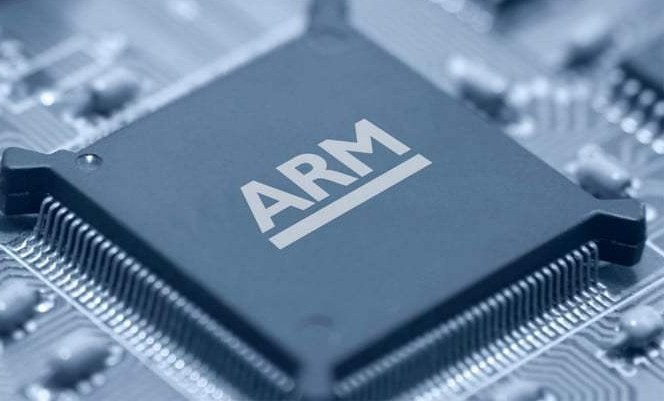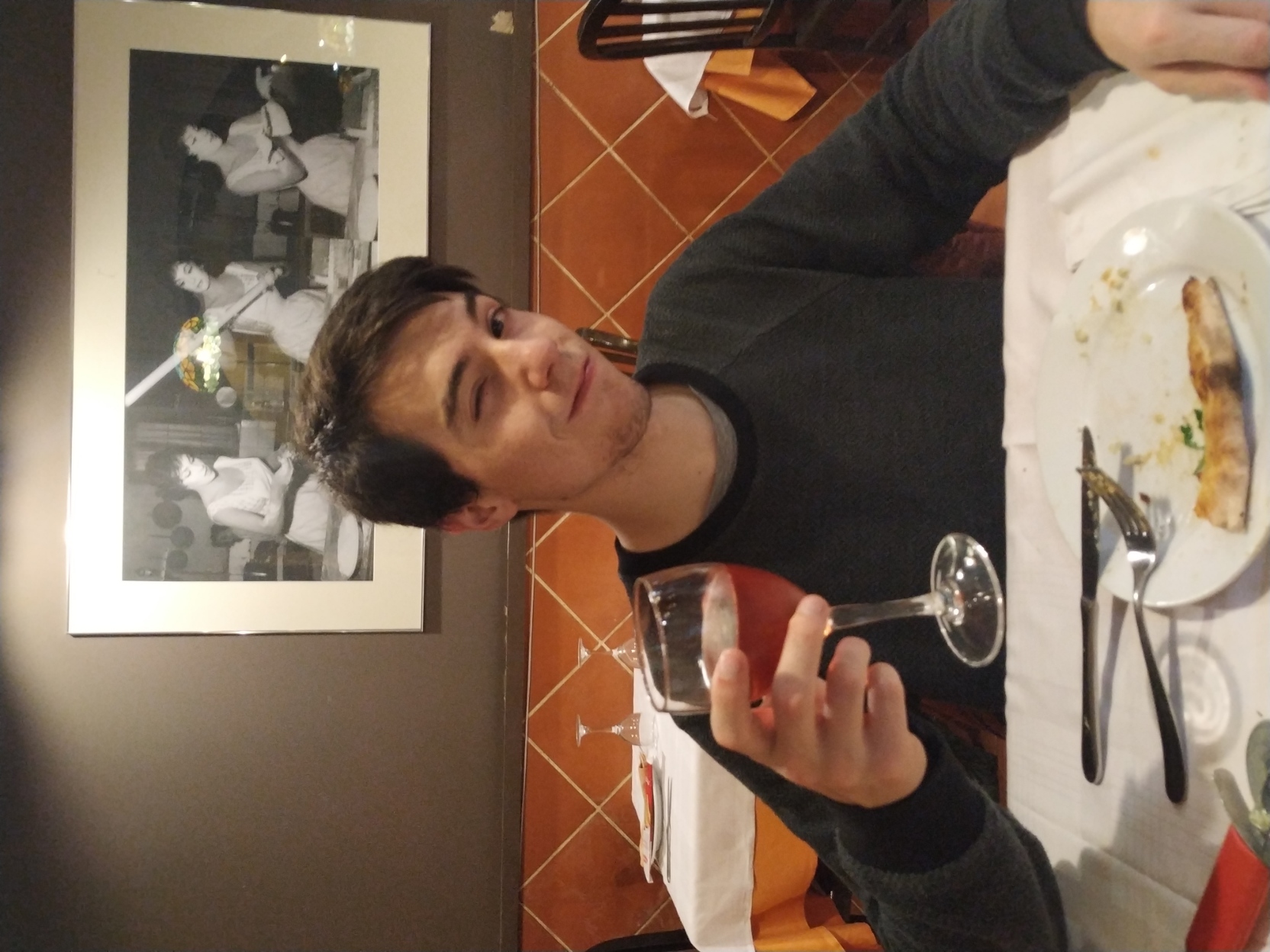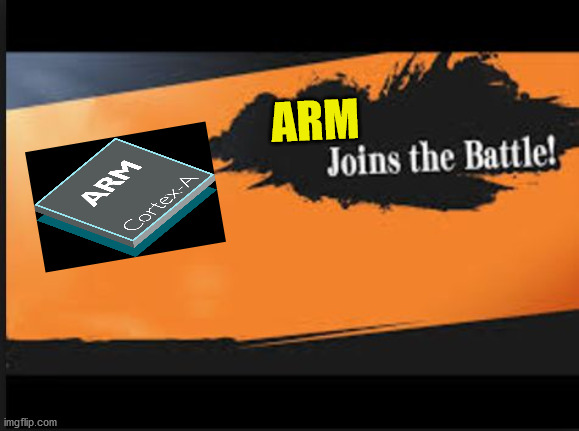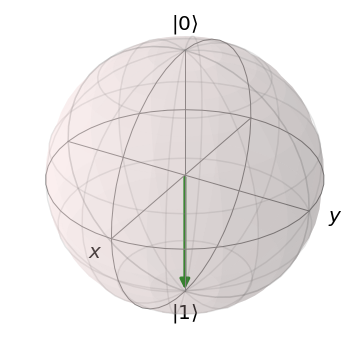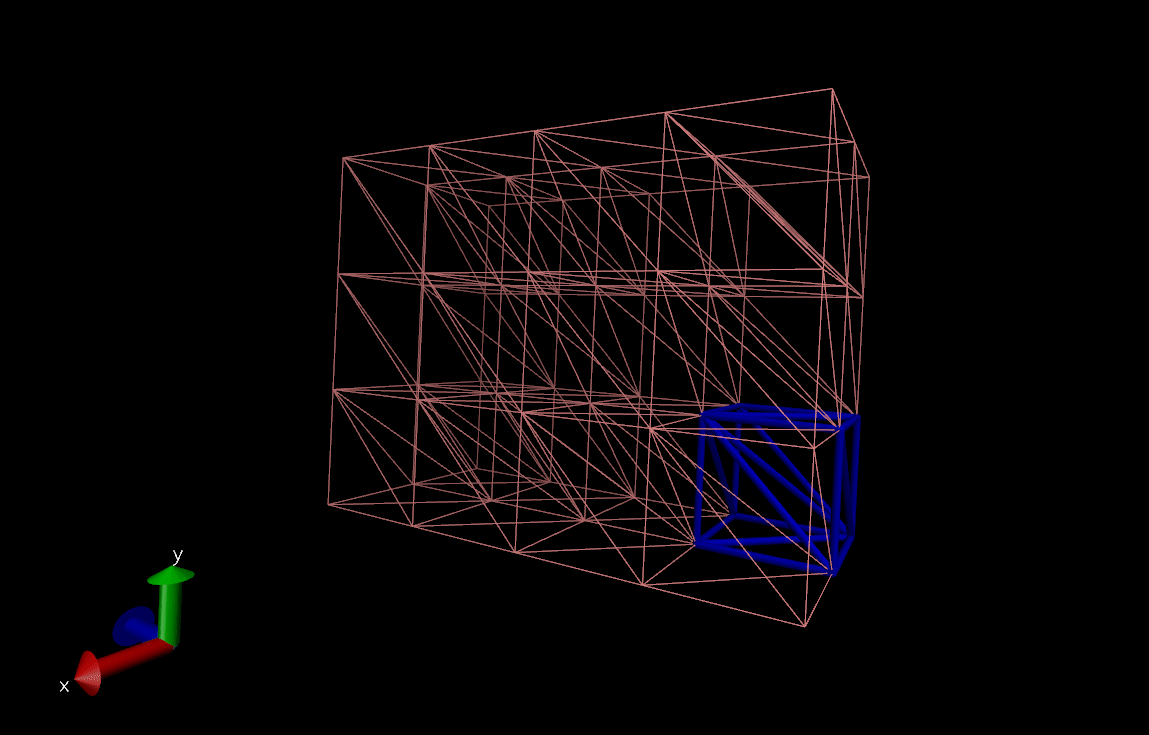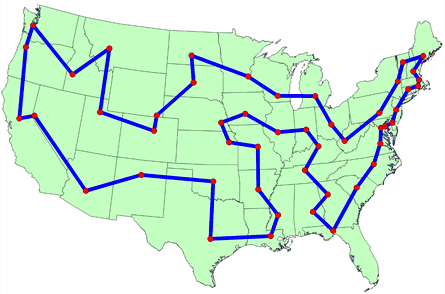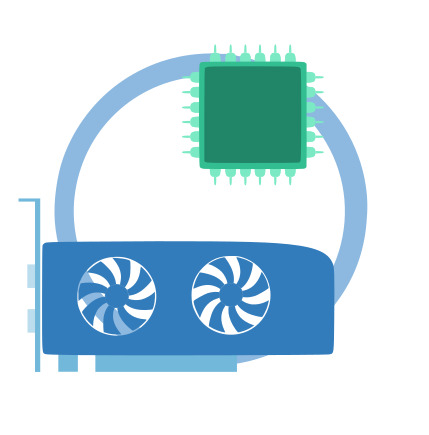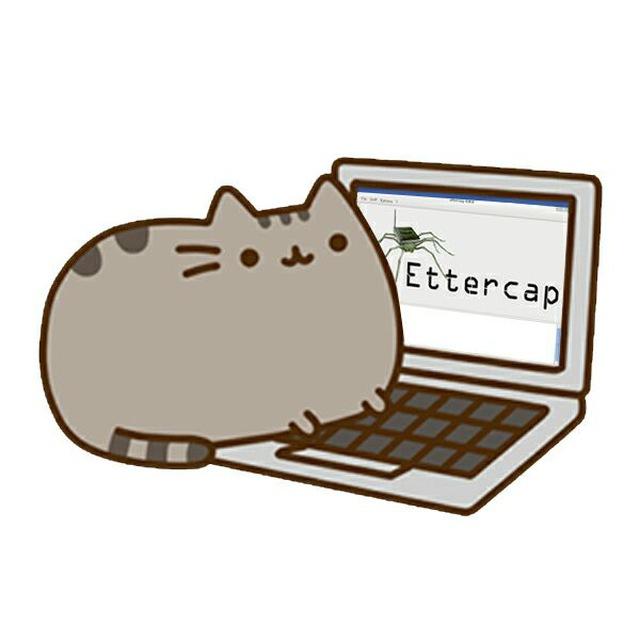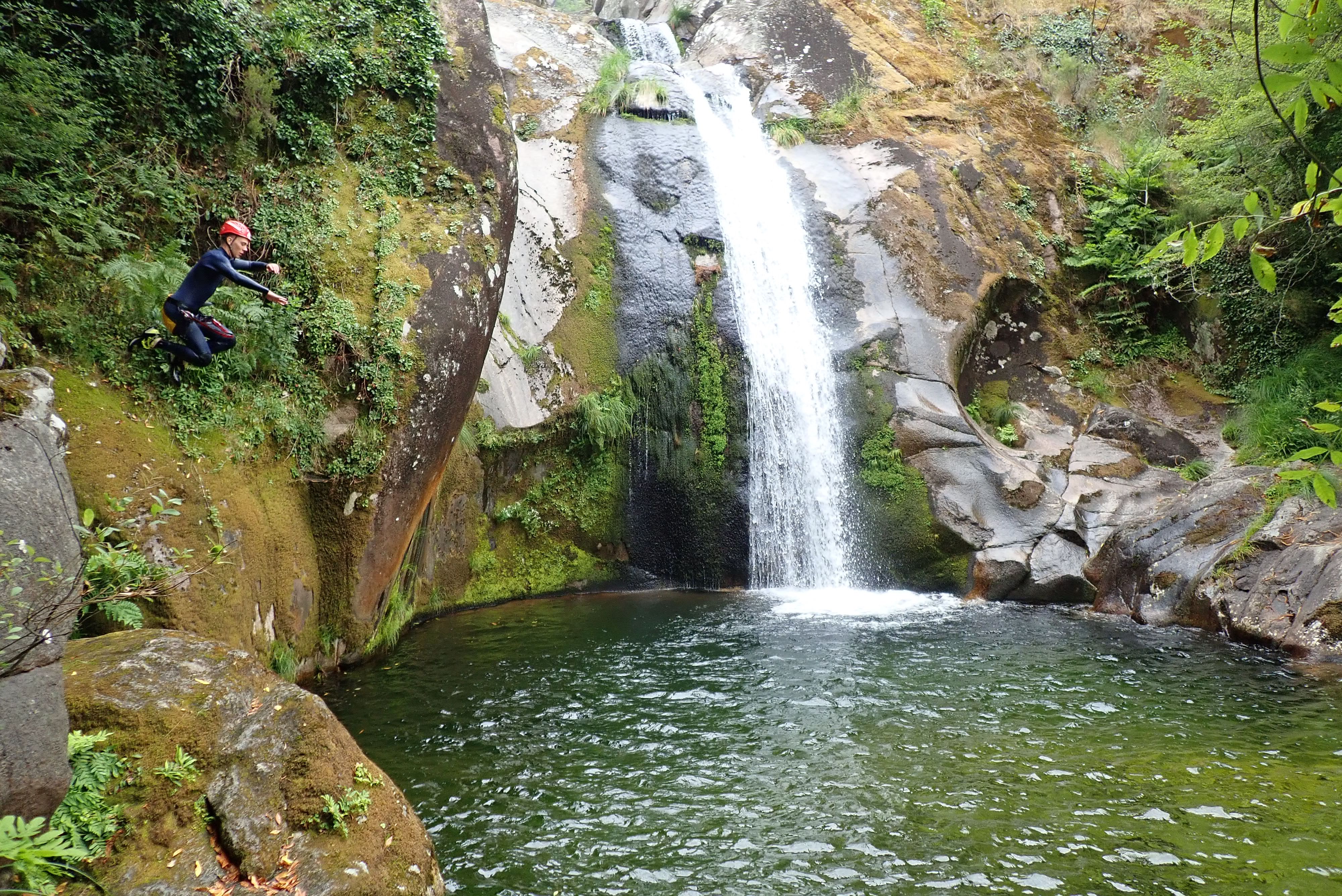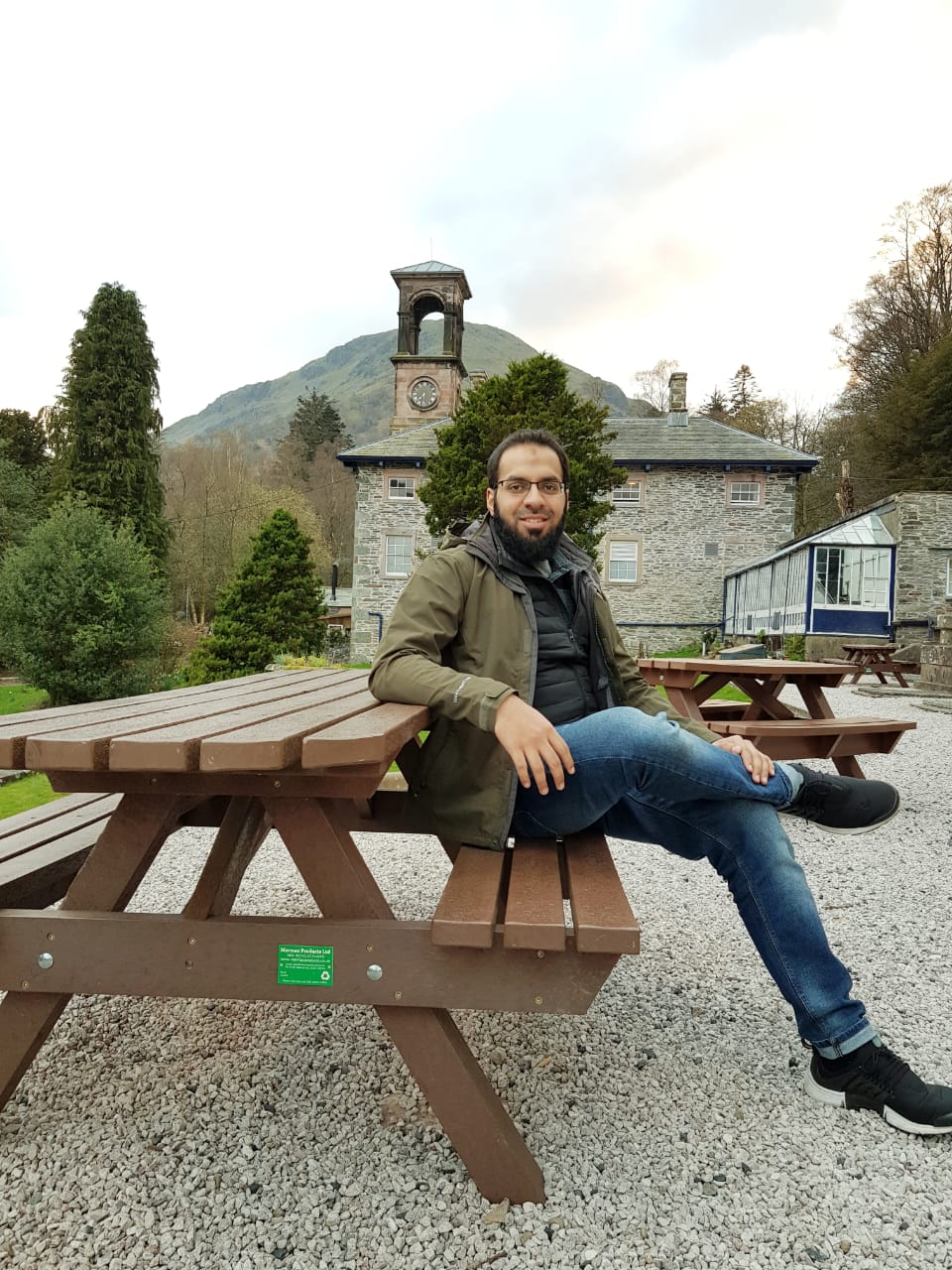
The Beginning of the Journey to SoHPC 2020
It was a normal office working day. I was working on my research project and suddenly I heard a “ding” bell. It was an email from my project research supervisor which mentioned Summer of HPC 2020 (SoHPC 2020). This was the first time I ever heard about this placement. In the first instance, it looked interesting so I spared sometime to read more about it on the official website. After reading online and discussing it with my supervisor, I felt very excited and was convinced to fill an application.
Now, came the first challenging bit, write an effective and interesting application to compete with participants from all over the world. I don’t know that’s some billion students. I was confident and optimistic but at the same time was a bit nervous when I imagined the number of applicants will be applying. I really wanted this opportunity because it completely was aligned with my research project and offered skills and experience which was required to step-up my research. I just could not let the opportunity slip out of my hands.
Who Am I
Oh sorry! I forgot to introduce myself. My name is Muhammad Omer and I am 27 years old. I am based in Manchester, UK. Currently, I am a second year postgraduate research student at the University of Manchester.
My Research
My research is in use of 3D scanning, Machine Learning, High Performance Computing and Virtual Reality to automate inspection of Civil Infrastructure. The work is novel and of timely importance. I have successfully published a journal article titled “Use of Gaming Technology to Bring Bridge Inspection to the Office” in the Journal of Structure and Infrastructure Engineering (first quartile). Click the link below to for an interesting read.
https://www-tandfonline-com.manchester.idm.oclc.org/doi/full/10.1080/15732479.2019.1615962
When people ask me to describe my research, I use this one line statement, “Instead of Office Going to the Bridge, Bridges are coming to the Office”. Sounds crazy right! Since when bridges learned to walk and fit into a room. I hope the picture line below will make things clearer.
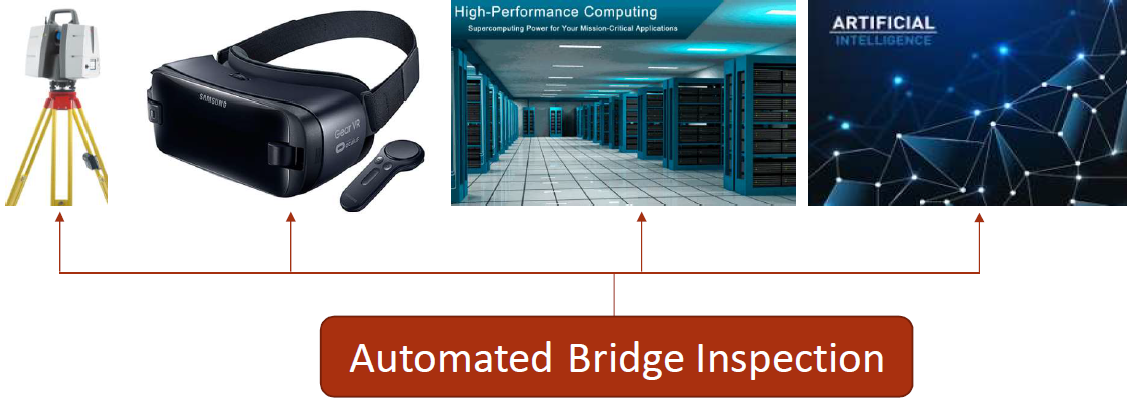
The Tragedy
Coming back to the story! I invested a lot of energy to prepare my application and then finally submitted it a few hours before the deadline. While I was dreaming to work in different super-computing facilities across Europe, all of a sudden there was breaking news everywhere, a state of panic, “these many people are infected, these many deaths and so on”. Our planet just turned from the most colourful place to the scariest place in the solar system. Corona had over ruled our planet! The only way to protect others and oneself was to “STAY HOME!”
I really felt demotivated imaging the program to be postponed/cancelled Thanks and many applause to the administration for bringing in the COVID – 19 version of SoHPC.
A Worst Nightmare
Still one the biggest challenge remained. That email which says “you are selected”. It was a normal home office working day. Suddenly I heard a “ding” bell. It was an email from SoHPC 2020 titled
“[PRACE events] Your PRACE Summer of HPC 2020 application is rejected”
I was really upset and wondered where I could have improved my application to make it more effective. I still remember that day, I didn’t work on anything, and my mood was completely off. Obviously, that didn’t changed anything, so I just convinced myself that maybe next year I will try harder. This years its anyways online, never mind!
The Miracle
I slept late that night. I woke up in the afternoon and checked my email. There was an email titled
“[PRACE events] Your invitation to PRACE Summer of HPC 2020”.
For the first few seconds, I was numb and didn’t knew how to react. Slowly, I started bouncing off my chair in excitement and then immediately contacted my supervisor to share the great news. I couldn’t believe what happened a day before but just a worst nightmare. I was elected for Project 2001: High Performance Machine Learning”.
SoHPC 2020 kicks-off
Honestly, I cannot compare the excitement of face to face training week in Vienna with COVID -19 version of SoHPC 2020. Now, the whole program is online. But I must acknowledge the efforts of the organisers. The training week turned out to be more than my expectations. We had great lectures from the experts. Hand-On exercises to get feel of super-computing. Yoga sessions for physical fitness and breakout sessions to meet fellow colleagues. So far it has been a great experience, I really look forward to what’s coming next.
I hope and pray everybody remains safe and things go back to normal asap. The first thing I would like to do as things reopen is go for hiking and do my superman jump again!

